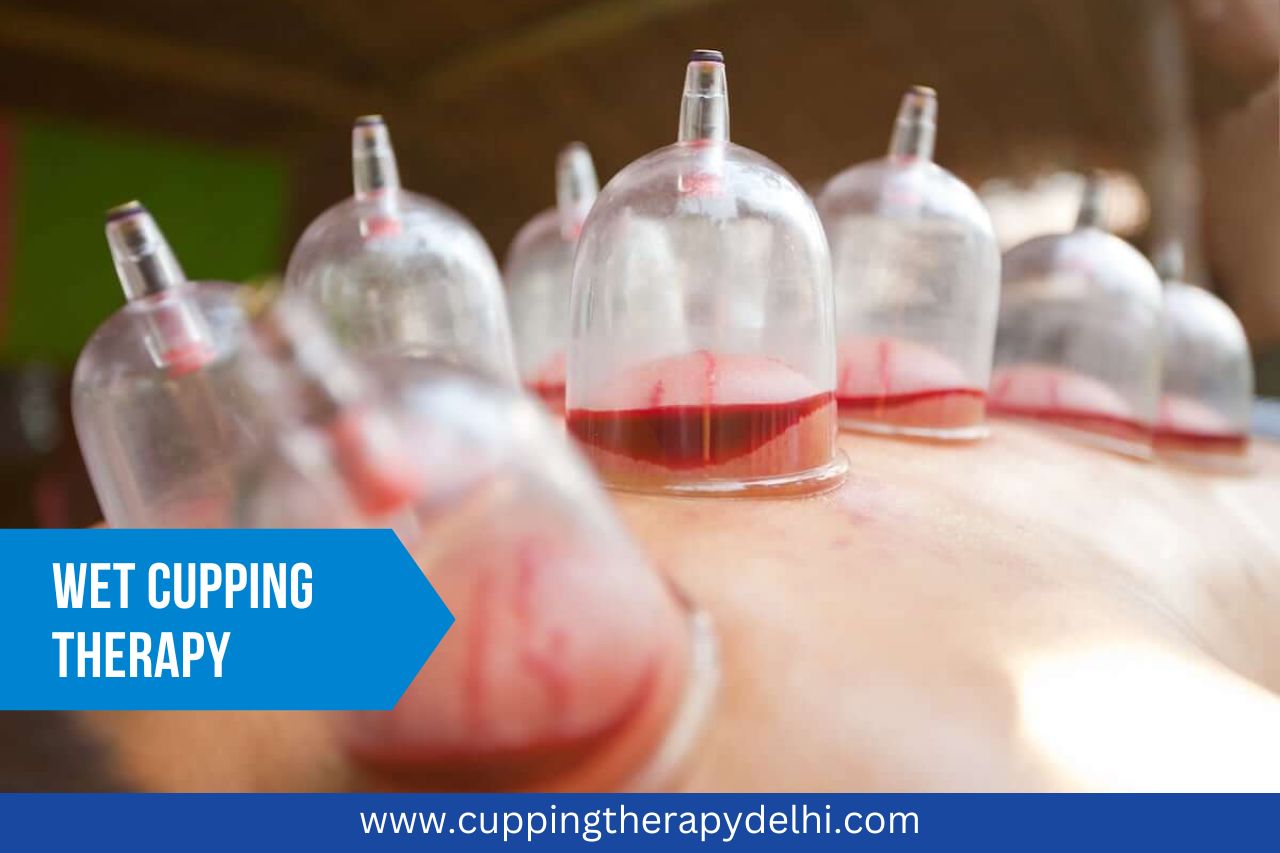
Wet cupping, also known as Hijama, is a traditional therapeutic practice that involves creating suction on the skin using special cups and then making small incisions to draw out a small amount of blood. This technique is believed to remove toxins and improve circulation, promoting overall health and well-being.
Procedure
- Preparation: The skin area where the cups will be applied is cleaned and sometimes shaved.
- Suction: Cups, typically made of glass, bamboo, or plastic, are placed on the skin. A vacuum is created inside the cup either by heating the air inside or using a mechanical pump.
- Incision: After a few minutes, the cups are removed, and small, superficial incisions are made on the skin using a sterile blade.
- Second Suction: The cups are reapplied to create suction, which draws out a small amount of blood through the incisions.
- Aftercare: The area is cleaned, and an antiseptic is applied to prevent infection. Bandages may be used to cover the incisions.
Benefits and Uses
- Detoxification: Proponents believe that wet cupping helps remove toxins from the body.
- Pain Relief: It is often used to alleviate chronic pain, such as back pain, migraines, and arthritis.
- Improved Circulation: By enhancing blood flow, it is thought to promote healing and reduce inflammation.
- Stress Reduction: Some practitioners claim it helps reduce stress and anxiety.
Considerations
- Safety: Wet cupping should be performed by trained professionals to minimize the risk of infection and ensure proper technique.
- Side Effects: Common side effects include mild discomfort, bruising, and temporary skin marks. Serious complications are rare but can include infection if not done properly.
- Contraindications: It is not recommended for individuals with certain health conditions, such as hemophilia or those on blood-thinning medications.
Wet cupping remains a popular practice in various cultures, particularly in the Middle East and Asia, and is often integrated into holistic and alternative medicine approaches. Despite its traditional roots, scientific evidence supporting its efficacy is limited, and more research is needed to fully understand its benefits and mechanisms.

